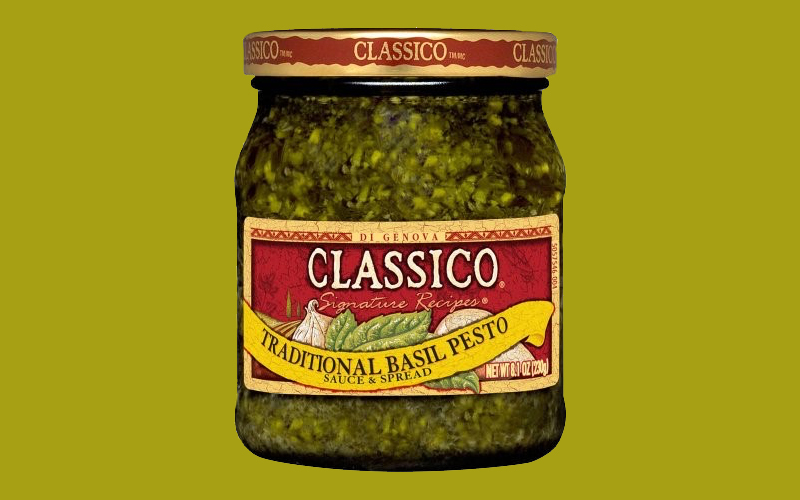The unbearable lightness of buying, as told by an old jar of pesto
In this excerpt from Eat Your Greens, its editor – and partner at The Commercial Works – Wiemer Snijders presents recent results from a six-year loyalty study revealing the role that vast numbers of light buyers play in building sales over time. Without them, you wouldn’t have a brand.
That doesn’t look normal…
I was holding a jar of pesto: ‘Best before 19 March 2012.’ After unscrewing the cap, it took only one look to realise this stuff would end up in the bin. I shouldn’t have bothered to look. After all, it was already 24 March… 2018.
Hundreds of products must have passed through that fridge. Yet over the last six years, this little jar has spent its time safely tucked away in the corner, blocked by other, more frequently used products. I had completely forgotten about it. Surely, my purchase will have been of little value to this pesto brand? Let’s put that assumption to the test.



Congratulations Wiemer for such a well-written article – it’s music to my ears.
Thank you John, very kind of you to say so!
This must be the meatiest article I’ve read on Mumbrella in a long time. Insights, data-based evidence, practical and specific recommendations. All other “Thought Leaders” take note; this is how it’s done.
Thank you! Glad you liked it.
Great article. Well-written, insightful and actionable. Really appreciate it.
That’s great to hear. Thank you.
Thank you Wiemer, great insights. Evidence-based and very nicely expressed.
Hi Andy, thanks!